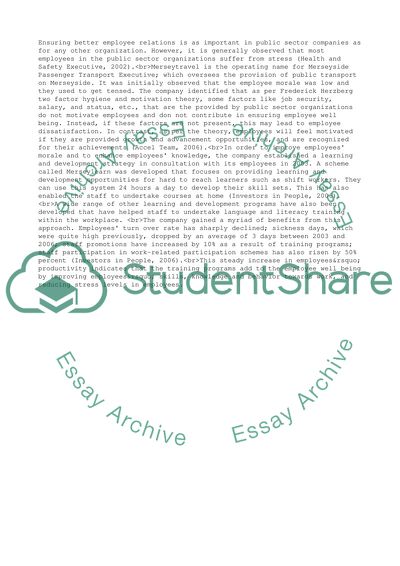Cite this document
(“People Resourcing Essay Example | Topics and Well Written Essays - 2000 words - 2”, n.d.)
Retrieved from https://studentshare.org/business/1513900-people-resourcing
Retrieved from https://studentshare.org/business/1513900-people-resourcing
(People Resourcing Essay Example | Topics and Well Written Essays - 2000 Words - 2)
https://studentshare.org/business/1513900-people-resourcing.
https://studentshare.org/business/1513900-people-resourcing.
“People Resourcing Essay Example | Topics and Well Written Essays - 2000 Words - 2”, n.d. https://studentshare.org/business/1513900-people-resourcing.


